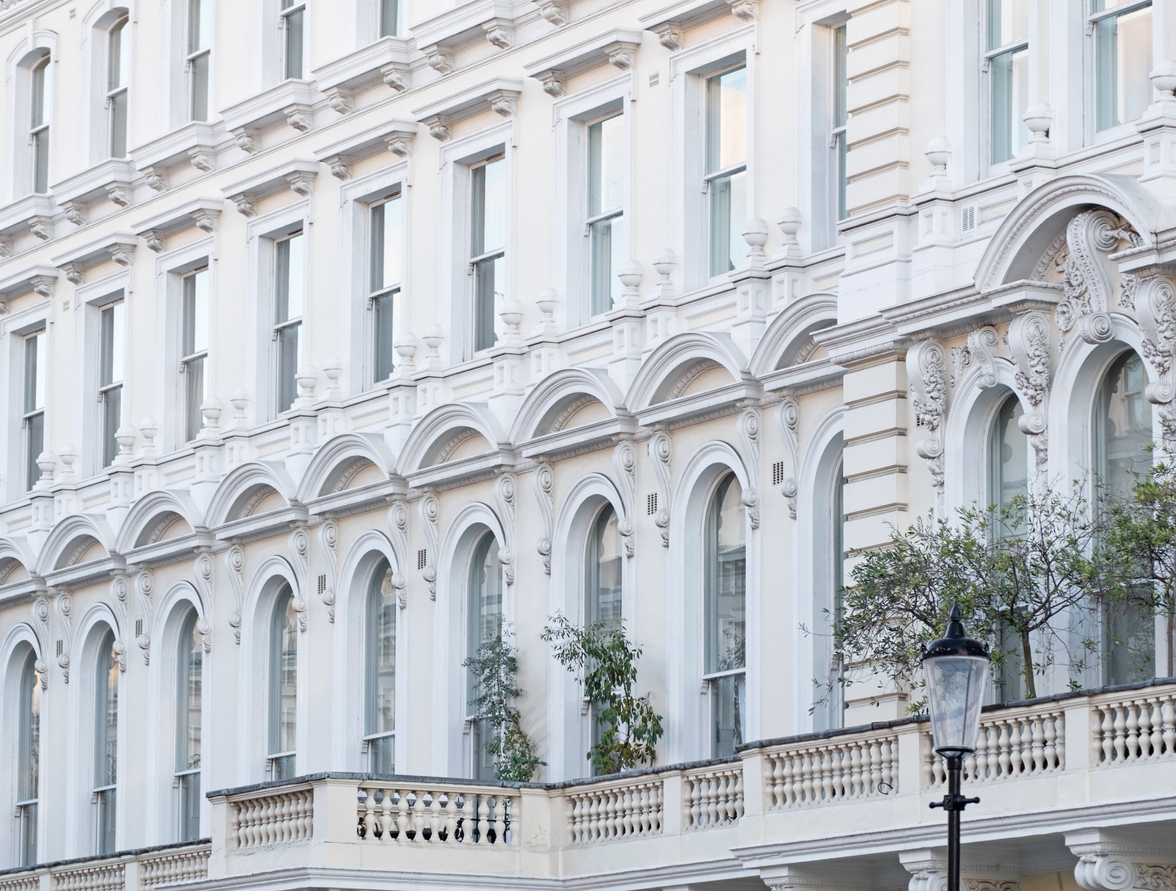



Step back in time and imagine yourself strolling along the grand streets of old-world cities, where historic mansion blocks stood as pillars of elegance and sophistication. These architectural marvels have witnessed centuries worth of stories, secrets, and splendor. But with the passage of time, these magnificent structures often face neglect or are left abandoned. However, there is hope on the horizon! Today, we embark on a journey to explore how these timeless treasures can be revived and transformed into modern living spaces without compromising their rich heritage. Join us as we delve into the art of preserving the past while embracing contemporary lifestyles in our blog post titled "Preserving the Past: Transforming Historic Mansion Blocks for Modern Living."
Historic preservation is the act of conserving and protecting buildings, districts, landscapes, and objects that have historic value. It is a process that encompasses everything from researching and documenting a property’s history to advocating for its protection and overseeing its rehabilitation. The field of historic preservation has its roots in 19th-century Europe, where the first laws aimed at protecting cultural heritage were enacted. In the United States, the National Park Service was established in 1916 to protect and promote the nation’s natural and cultural resources. The service’s mandate soon expanded to include the preservation of historic sites. Today, there are many different organizations dedicated to preserving our built heritage, from local groups to national entities like the National Trust for Historic Preservation. These organizations work to educate the public about the importance of historic preservation and to advocate for policies and practices that will protect our nation’s irreplaceable resources.
There are many benefits to preserving historic mansion blocks. For one, it keeps the history of a neighborhood alive. These old buildings have stories to tell, and by preserving them we can maintain that connection to the past. Additionally, preservation can help to revitalize a community by breathing new life into these old structures. When done correctly, preservation can also be an economically viable option, providing affordable housing and supporting small businesses. Preservation helps to create a sense of place and identity for a community. It gives us a sense of who we are and where we come from.
One of the challenges of modernizing historical buildings is that often they are not up to current building code standards. This can be a challenge when it comes to things like fire safety, earthquake resistance, and accessibility. Another challenge is that often these buildings are located in densely populated urban areas, which can make renovation and construction difficult and expensive.
There are many ways to approach renovating and reconfiguring historic mansion blocks for modern living. One approach is to keep the original features of the building intact and simply update the interior to meet modern standards. This can be achieved by adding new windows, insulation, and finishes while keeping the original floor plan and layout. Another approach is to completely gut the interior of the building and start from scratch. This would involve removing all of the historic features and redesigning the space to meet modern needs. This could include opening up walls, installing new plumbing and electrical, and adding new fixtures and finishes. Whichever approach is taken, it is important to work with a qualified contractor who has experience with historic renovation projects.
When it comes to adaptive reuse, there are a few key things to keep in mind in order to make the most out of your project. First and foremost, it’s important to have a clear vision for what you want the end result to look like. Once you have a solid plan in place, the next step is to carefully select which historic elements you want to preserve and which can be modernized. It’s also important to consider the overall size and layout of the space when making your plans. Once you’ve completed the initial planning stages, the next step is to start working on the transformation itself. This is where things can get a bit tricky, as you’ll need to strike a balance between preserving the historic integrity of the space while also making sure that all of the new additions are up to code. In some cases, it may be necessary to completely gut the space in order to start from scratch. However, if you’re able to salvage any original features, such as flooring or moldings, it can help add character and charm to the finished product. The final step is furnishing and decorating your newly transformed space. When selecting furniture and décor, it’s important to again consider the overall style and feel that you’re going for. For a more modern look, opting for clean-lined pieces with minimal embellishments is usually best. If you want something with a bit more
Historic mansion blocks are often some of the most architecturally interesting and beautiful buildings in our cities. But as times change, so too must these buildings change to meet the needs of modern living. That's why many developers are now transforming these historic mansions into modern apartments and condos. By doing so, they're not only preserving the past, but also creating homes that are more suited to today's lifestyles. Here are some before and after examples of how this transformation can take place: Before: A historic mansion in disrepair. After: The same mansion, transformed into a luxurious modern apartment building.
Preserving historic mansion blocks is a positive way to ensure that our past and its stories are remembered while also creating opportunities for modern living. These buildings, which have been around for centuries, can provide an inspirational alternative to traditional housing when given the chance to be transformed into comfortable and stylish homes with the right planning. Although it requires effort and dedication from communities to protect these unique properties, it’s worth taking the time to do so – preserving historical heritage while simultaneously providing viable options for contemporary lifestyles.